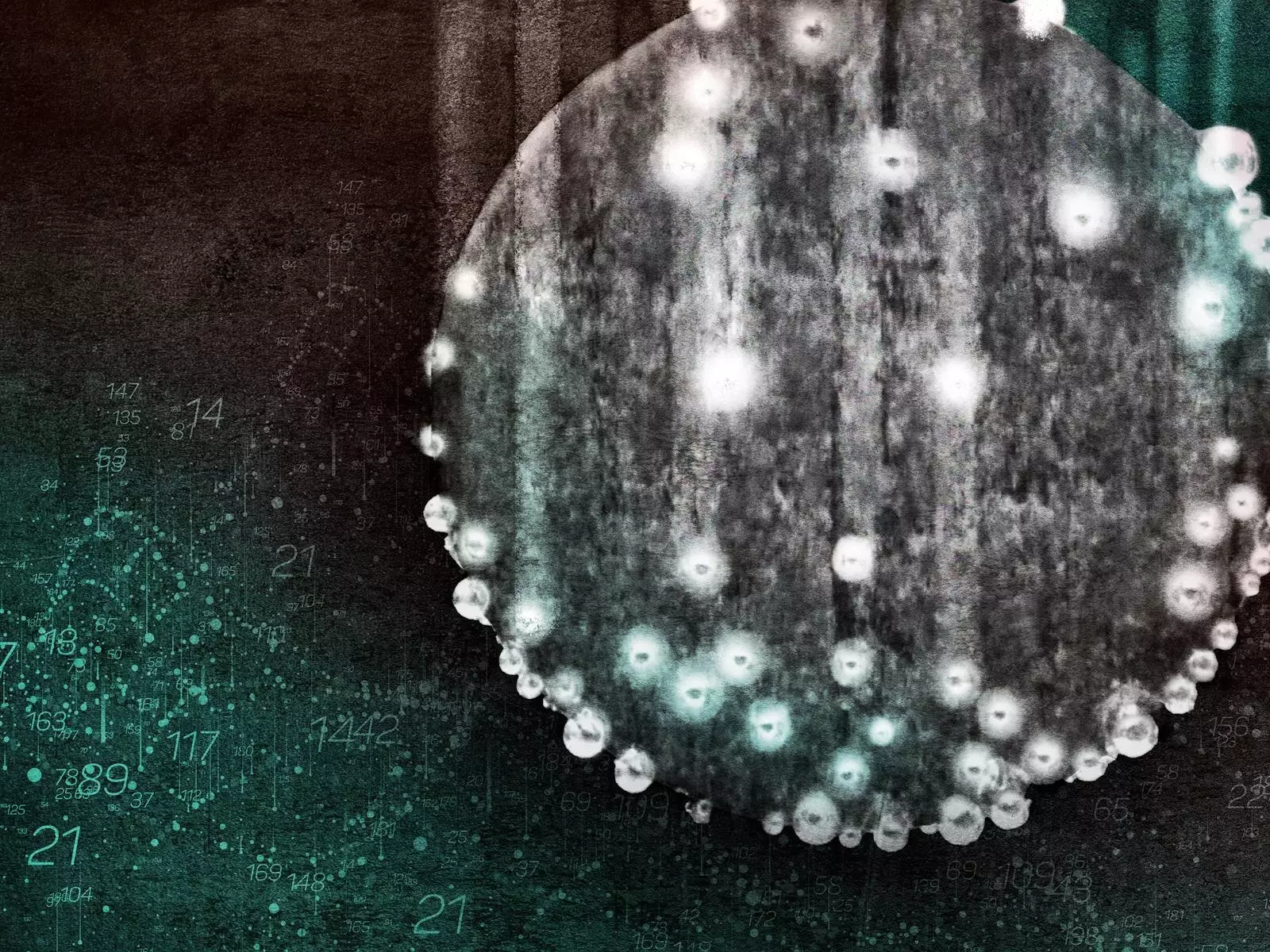Metalworking is an essential aspect of manufacturing, with researchers constantly seeking new techniques to produce metal components that are lighter, stronger, and more precise. Recent experimental methods, such as Shear Assisted Processing and Extrusion (ShAPE) and friction stir welding, have shown promising results. However, as we delve into these innovative metalworking frontiers, understanding the performance and properties of the resultant metals, as well as monitoring corrosion, becomes increasingly critical.
Traditionally, measuring corrosion has been a ‘cook-and-look’ process, where researchers immerse a sample in a medium and observe the corrosion after a certain period. This approach has limitations as it only captures the aftermath of corrosion. Additionally, methods like the scanning vibratory electrode technique can be skewed by surface irregularities, leading to inaccurate results. This has prompted researchers at Pacific Northwest National Laboratory (PNNL) to develop a new technique for real-time monitoring of corrosion.
At PNNL, researchers have introduced multimodal corrosion analysis, which combines sensors, cameras, electrodes, and a hydrogen collection tube to monitor corrosion in real time. This innovative approach allows for the observation of corrosion initiation sites and the progression of corrosion within materials. By synchronizing data from various sources, researchers can address fundamental questions about corrosion and obtain detailed insights into material performance.
To analyze corrosion at a finer scale, scientists at PNNL developed scanning electrochemical cell impedance microscopy. This technique offers high-resolution and reliable results by measuring localized electrochemical properties without interference from surrounding regions. By focusing on weak and strong spots on the surface prone to corrosion, researchers can formulate effective mitigation strategies to combat corrosion.
The new techniques in corrosion monitoring have practical implications, particularly in the production of lightweight materials and joints for vehicle applications at PNNL. For instance, in the friction stir scribe process, researchers have observed a reduction in corrosion rates at the interface between magnesium and steel. This insight is crucial for manufacturing lightweight vehicles and improving corrosion resistance in structural materials.
The development of new techniques like multimodal corrosion analysis and scanning electrochemical cell impedance microscopy represents significant progress in monitoring corrosion in metalworking. By gaining insights into corrosion initiation and progression, researchers can enhance the performance and durability of metal components. The application of these techniques in novel metalworking processes underscores their importance in advancing material science and engineering.



Leave a Reply